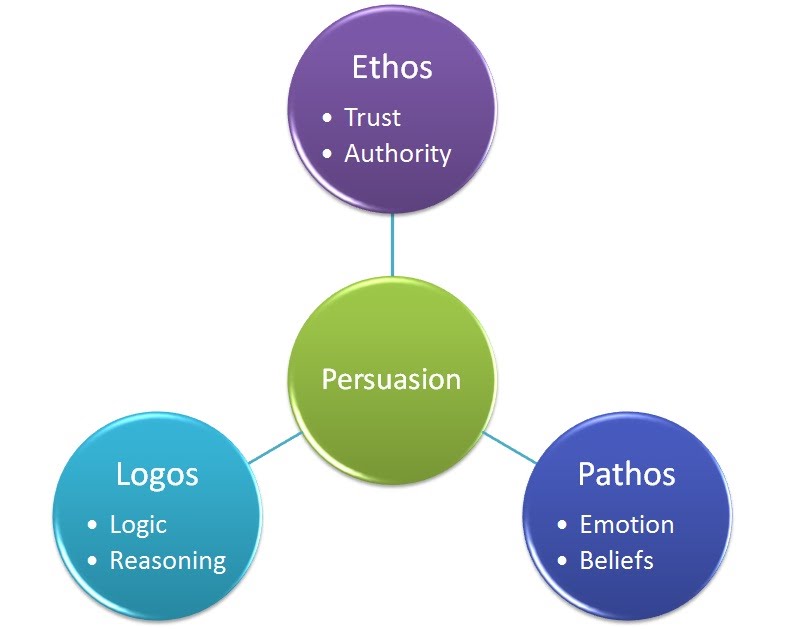Content Marketing Tips for Beginners
Content marketing is a pretty vast term that serves as a label for all things content. That includes everything online from blog posts and video curation to distribution strategies and analytic best practices. Having a strategy for all these content elements is certainly important to a successful digital marketing campaign, but there’s often something missing among the recommendations and tips: the fundamentals.
Regardless of what type of content you choose to produce, or your online readers or viewers seek out, there are basic practices that govern what makes a good piece of content. From books and journals to news articles, and of course, website content, there are principles and content writing tips for beginners that, when implemented, can be game-changers.
Always Understand Your Target Audience & Purpose
 Audience and purpose, specifically the importance of identifying them, are not unique to content building, but any list of content tips for beginners would be incomplete without these two aspects. They are the foundational pieces of any content marketing effort, and without them, developing effective content is impossible.
Audience and purpose, specifically the importance of identifying them, are not unique to content building, but any list of content tips for beginners would be incomplete without these two aspects. They are the foundational pieces of any content marketing effort, and without them, developing effective content is impossible.
The target audience and the overarching purpose behind your content directly impacts the style and tone employed. It also impacts decisions that guide SEO content writing efforts. Everything from word choice to research are impacted by “who” and “why.”
For example, a casual tone and the inclusion of slang may be great for a trendy clothing boutique targeting young millennials, but the same characteristics would not befit a piece of content directed at C-level executives who will be looking for proof of knowledge, research, and industry jargon.
Additionally, identifying your audience and purpose will guide your keyword research, which will land your finished product in front of the exact online readers your trying to reach.
Organization and Structure Matter
Readers enter most situations with certain expectations, and when those expectations aren’t met, they tend to flee the scene. This is particularly true of web content, which must be compatible with a variety of viewing devices, include relevant search terms, and be fit for consumption by the targeted audience.
Quality content takes all of those concerns, and others, into consideration. For example, web content is typically written in short paragraphs to accommodate both the mobile reading experience and the attention spans of online readers (shorter paragraphs engage users longer).
That’s not to say every piece of good content should be composed of short paragraphs – case studies, for example, may deviate – but it is to say that your audience and purpose should be factored into the organization and structure of a content piece.
Additionally, readers take their expectation cues from titles. If a reader clicked on a link for “Top 10 Restaurants in PA,” you better believe that they expect those restaurants to appear in some sort of hierarchal list, as opposed to just paragraphs.
When content is organized in a way that directly suits the needs of the target audience, that audience will engage longer, return to the site more often, and see the source as more credible.
Bridge the Gap between Abstract & Concrete
English is a rich language brimming with both concrete terms, such as chair or book, as well as more abstract terms, like success or excellence. The first set of terms are always aligned with their dictionary meaning; that is, a chair is always an item that is primarily used to sit on. Conversely, words like “success” represent abstract ideas; they mean different things to different people.
Abstract terms are often used in marketing, but if you really want your audience to fully understand what those terms mean in the light of a product or service, good content must help bridge the gap between abstract and concrete.
For example, above I suggested the importance of ethos or credibility. Alone, the sentiment surrounding credibility is probably something you’re familiar with. But to move it from an abstract term to a concrete concept, I used an example that highlighting the fact that many companies leverage credibility by showcasing things like awards or years in service.
By bridging the gap between abstract and concrete, you can help your target audience understand or envision how your product or service will impact their life or solve their problems.
Appeal to Ethos, Pathos, and Logos
At the heart of every piece of good content an effective persuasion. It may be a subtle attempt at increased brand credibility or a more overt attempt to convince a potential customer to submit a lead complete a purchase or sign a contract; regardless, the need to persuade is always there.
 Whenever I work with new writers, one of the first writing tips I give them is to think about the needs of their target audience. To do this, writers must think about and appeal to their audience by focusing their efforts on ethos (credibility), pathos (emotions), or logos (logic).
Whenever I work with new writers, one of the first writing tips I give them is to think about the needs of their target audience. To do this, writers must think about and appeal to their audience by focusing their efforts on ethos (credibility), pathos (emotions), or logos (logic).
Think of those heart-wrenching ASPCA commercials that leave viewers reaching for their wallet after an emotional appeal. Or, what about a company that leverages their years in service or awards won to showcase their credibility? How about a webinar that leverages facts, stats, and other examples of research in an attempt to show the validity of the products as a solution to a problem?
Each of those are examples of how quality content appeals to audiences in different ways, and often the effectiveness of a piece of content will come down to how well an author appeals to ethos, pathos, and logos, or more specifically how well they balance the need for each based on their comprehension of the target audience and purpose.
There are a lot of content marketing tips out there, but before you can effectively create solid, quality content, you need to understand the basics of what makes great writing just that…great. To do that, you must employ the content writing tips that empower you to create content that is built on fundamental principles that writers use, online or offline, every day.



